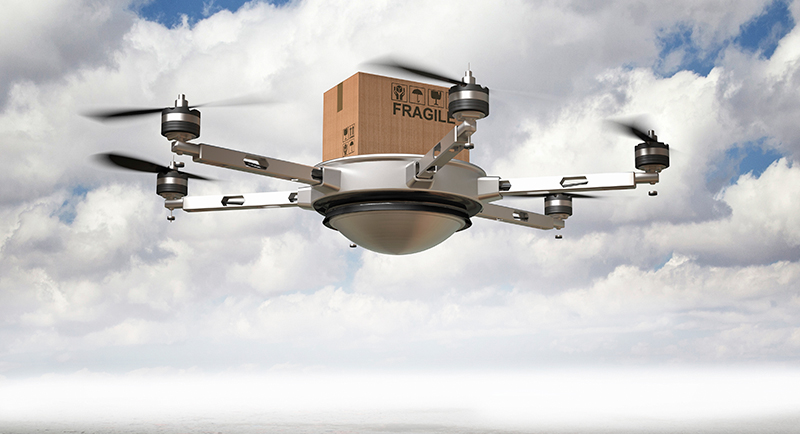Innovate or die is a favored phrase among forward thinkers, and though perhaps hackneyed, the notion is exactly in line with the needs of retail today.
As James Vatalaro, a business consultant with Productivity Inc., which practices improving on its namesake for companies in need, noted in his presentation on strategy innovation at the Americas Apparel Producers’ Network (AAPN) annual meeting in Miami this week, companies that don’t disrupt will perish.
Or as American businessman Jack Welch famously put it: “If the rate of change on the outside exceeds the rate of change on the inside, the end is near.”
In the retail of years gone by, and in some unfortunate cases, retail today, companies were married to their value propositions. “It was until death do us part and death came,” Vatalaro said.
In most companies, efficiency is mainstream. Companies that are inward focused and sticking to what they have done and do best without variation are, as Vatalaro put it, “The Establishment.”
Innovation, however, is counterculture. Companies that can think in other boxes, focus on un-articulated needs and recognize that variation is essential are considered “The Movement.”
Strategy innovation, according to Vatalaro, is all about uncovering how to overwhelmingly stack the odds of successfully introducing new value in your favor, and it’s a practice all brands should be abiding. It’s about the top line, not the bottom line, he said. It’s about the business model, not the value stream. Most importantly, it’s about the four “Uns”: unchallenged orthodoxies, under-leveraged competencies, under-appreciate trends, and un-articulated needs.
It’s simple, according to Vatalaro. “Customers buy solutions. What are the solutions to the problems customers have?” Find out and provide it, he said.
Here are 10 ways to get that process started and put in place…
1. Awareness
Put plainly, if you can’t sketch an idea, you don’t understand it and no new ideas can be successfully implemented if those implementing don’t really understand the why behind it.
2. Strategy Profile
Look at the factors in your business model. Then look at the factors in your competitors’ business models. If the patterns of your practices are too similar, there is no innovation and no competitive advantage.
3. Current Business Model Diagram
Outline key partners, key activities, value propositions, cost structure and revenue streams to determine any competitive barriers.
4. Value Matrix
Work off of a value matrix, abolishing products or services that customers will never reward you for, invest less resource in things bringing in less reward, elevate elements of the businesses bringing the most value and create novel products or services in line with your brand that customers may not yet know they need, success will likely follow.
5. Strategy Profile
Revisit your strategy compared to your competitors’ and indentify new areas to tap or innovative offerings or practices to put in place that competitors aren’t doing.
6. Future Business Model Diagram
Decide how you’ll solve customer problems, identify the necessary channels and think of new ways to build customer relationships. One lawnscaping company flung Frisbees into yards in the areas it was already working with a note that read: We’re already doing your neighbors’ lawn, let us do yours too. Even if that customer hadn’t thought to hire a lawn company, should they decide to, they’ll likely turn to the one that made their lives easier by providing all of the information they needed and, moreover, did something cool.
7. Prioritized Action Plan Design
Outline what needs to get done and which actions should take precedent.
8. Experimentation [when possible]
Companies that have been given permission to fail have had greater opportunities to succeed, and experimenting should be OK. Just “experiment small, experiment cheap, experiment fast,” Vatalaro said.
9. Implementation
Do what you planned to do in the way you planned to do it.
10. Renewal
Check in, revisit, make upgrades because innovation is ongoing.
With the retail world shifting to fast fashion and its fast practices, Vatalaro told the audience—most of whom noted by show of hands that their apparel cycles take upwards of six months, some up to 14 months—that the only reason the apparel cycle, one area where most companies could stand to innovate, takes that long is because it was designed that way. “And who designed it?” he asked of the attendees. “You did. So redesign it.”


